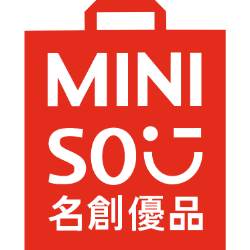
MNSO
MINISO Group Holding Limited
$19.79
-0.08
(-0.4%)
| Exchange: | |
| Market Cap: | 6.069B |
| Shares Outstanding: | 301.382M |
About The Company
| Sector: | Consumer Cyclical | |||||
| Industry: | Specialty Retail | |||||
| CEO: | Guofu Ye | |||||
| Full Time Employees: | 7003 | |||||
| Address: |
|
|||||
| Website: | https://www.miniso.com |
MINISO Group Holding Limited, an investment holding company, engages in the retail and wholesale of lifestyle products in China, Asia, the Americas, and Europe. The company offers products in various categories, including home decor products, small electronics, textiles, accessories, beauty tools, toys, cosmetics, personal care products, snacks, fragrances and perfumes, and stationeries and gifts under the MINISO and WonderLife brand names; and blind boxes, toy bricks, model figures, model kits, collectible dolls, Ichiban Kuji, sculptures, and other popular toys under the TOP TOY brand. As of June 30, 2021, it operated a network of approximately 4,749 MINISO stores, as well as online sales channels. The company was founded in 2013 and is based in Guangzhou, China.
Click to read more…
Revenue Segmentation
EPS
Earnings Call
Income Statement
(* All numbers are in thousands)
Balance Sheet
(* All numbers are in thousands)
Cash Flow Statement
(* All numbers are in thousands)
Analyst Estimates
(* All numbers are in thousands)






